
How Windows Contribute to Green Architecture
Climate change. Energy efficiency. Sustainability. Renewable resources. Solar power. Low-E glass. Thermal breaks. These days, there are a lot of terms to understand when it comes to creating and maintaining an environmentally friendly home. And green architecture is one of the most vital phrases.
So, what is green architecture, and what role do windows play in green architecture design? Portella’s architectural experts will help you understand the importance of this philosophy and how you can implement it into your home.
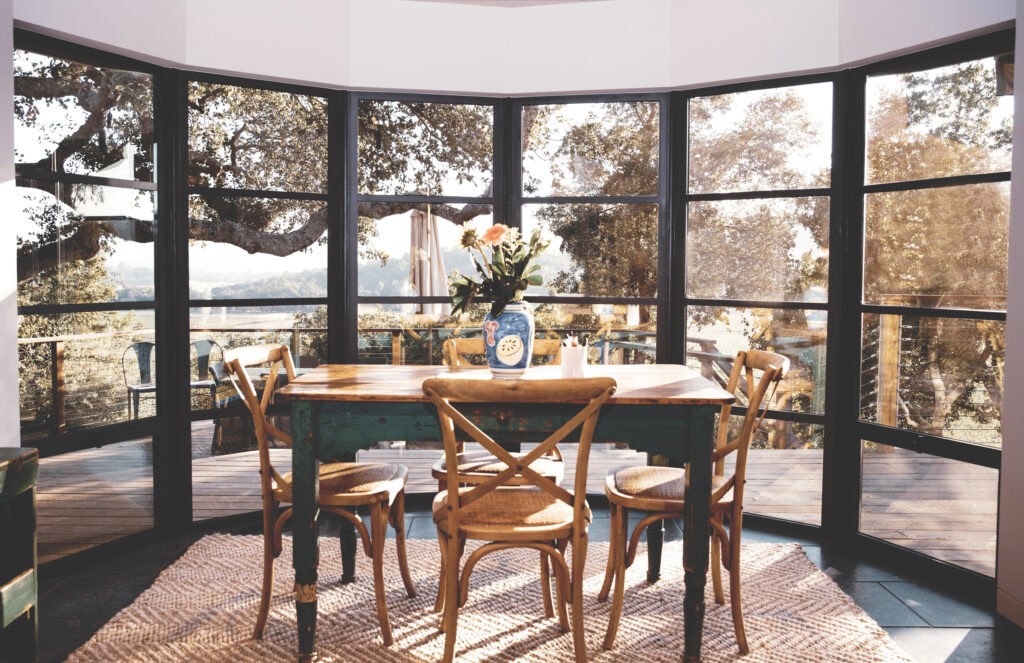
What Is Green Architecture?
Green architecture is a style of designing and building structures that emphasize environmentally friendly practices. Some aspects of this approach include:
- Use of renewable, recycled, and sustainably sourced materials
- Incorporation of energy-efficient and renewable-energy technologies
- Purchase and use of local, eco-friendly building materials
- Environmentally friendly location choices
Green architecture promotes responsible and eco-friendly practices throughout the lifecycle of the building. This process includes everything from concept design through construction, operation, maintenance, and eventually, demolition.
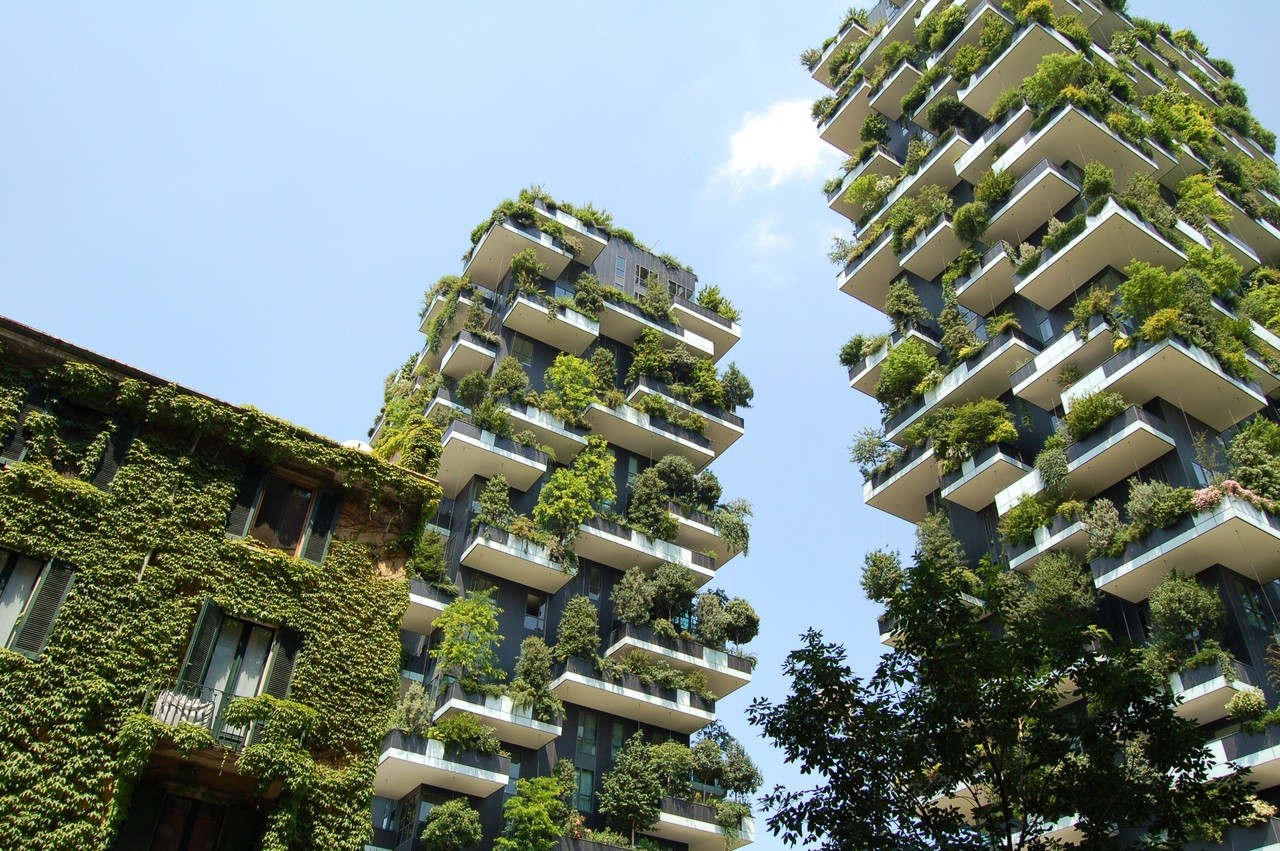
Why Is Green Architecture Important to the Environment?
Residential and commercial buildings are responsible for nearly 40 percent of carbon dioxide emissions in the United States.1 Known as a greenhouse gas, carbon dioxide is one of the elements in the atmosphere that traps heat on Earth. Greenhouse gases are naturally occurring phenomena that keep the temperatures on Earth at levels that sustain life.
Since the Industrial Revolution, the amount of greenhouse gases in the atmosphere have increased substantially. This increase means that more heat is trapped on Earth, and the resulting effects are causing significant changes to the climate on Earth.
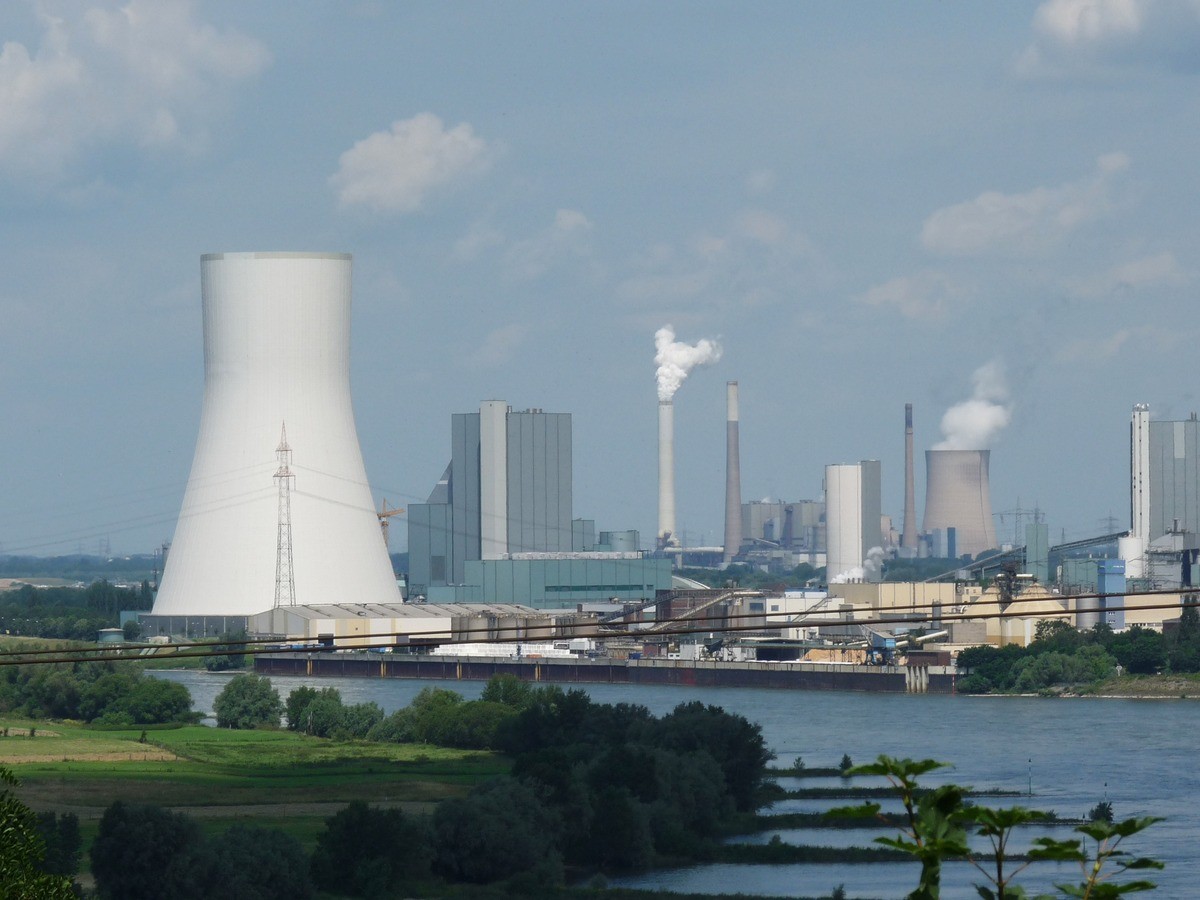
In order to counter the environmental effects of rising home energy demands, most countries and industries are searching for ways to reduce carbon output and become more eco-friendly. Utilizing green architecture techniques in homes and buildings reduces environmental impacts in multiple ways, including:
- Reduced C02 emissions
- Lower energy usage
- Decreased water usage
- Less waste being sent to landfills
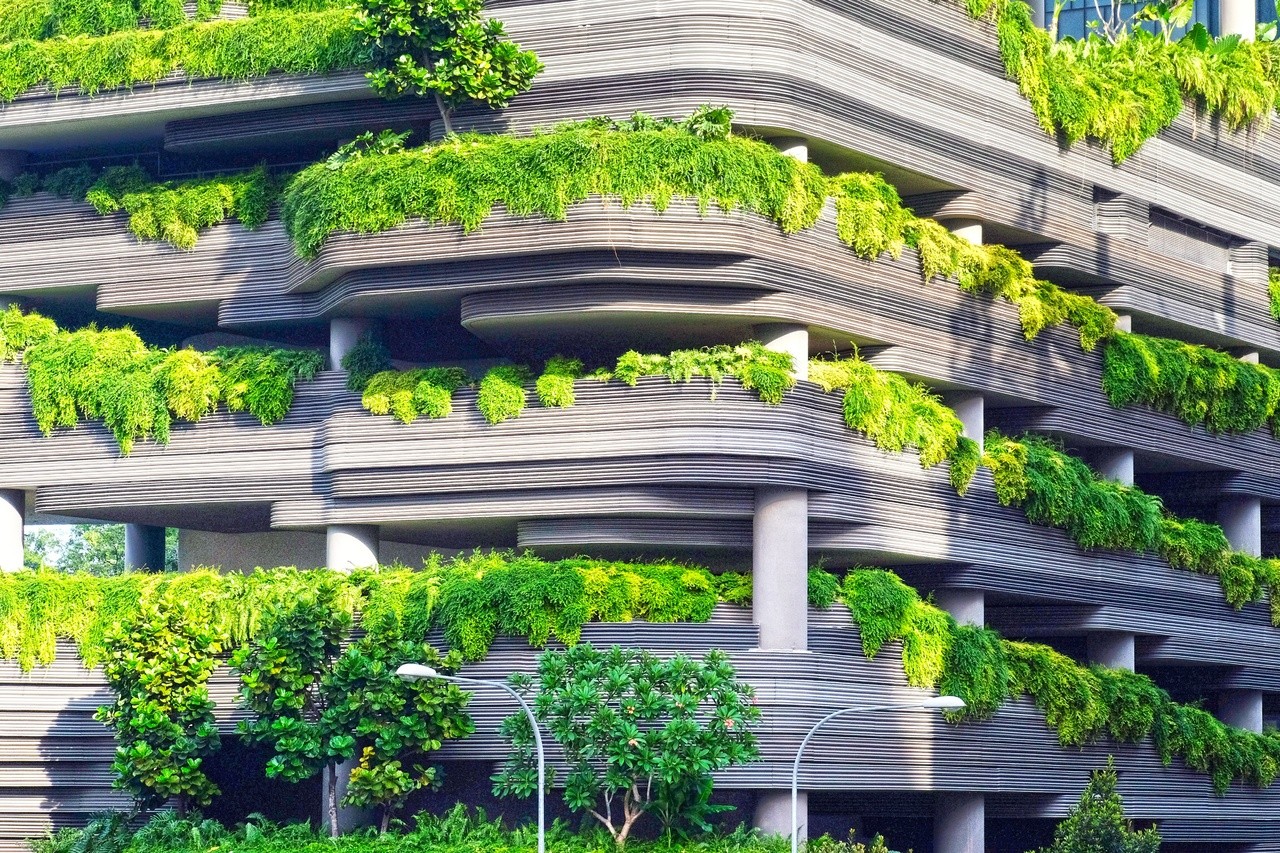
Plus, buildings designed with environmentally friendly practices have higher asset values and lower maintenance costs. As a result, green architecture translates into good business for building owners.
It’s important to utilize green architecture practices during construction given the significant impact that buildings have on overall energy consumption. Doing so drastically reduces the effects of climate change and protects the planet from an overabundance of greenhouse gases in the atmosphere.
How Do Windows Contribute to Green Architecture?
Did you know that up to 30 percent of a home’s energy loss comes from heat transfer through windows? So, it’s easy to see how the right windows have a big impact on a home’s energy consumption. There are multiple ways that windows contribute to a more environmentally friendly structure. Let’s break down the effects that each window component provides.
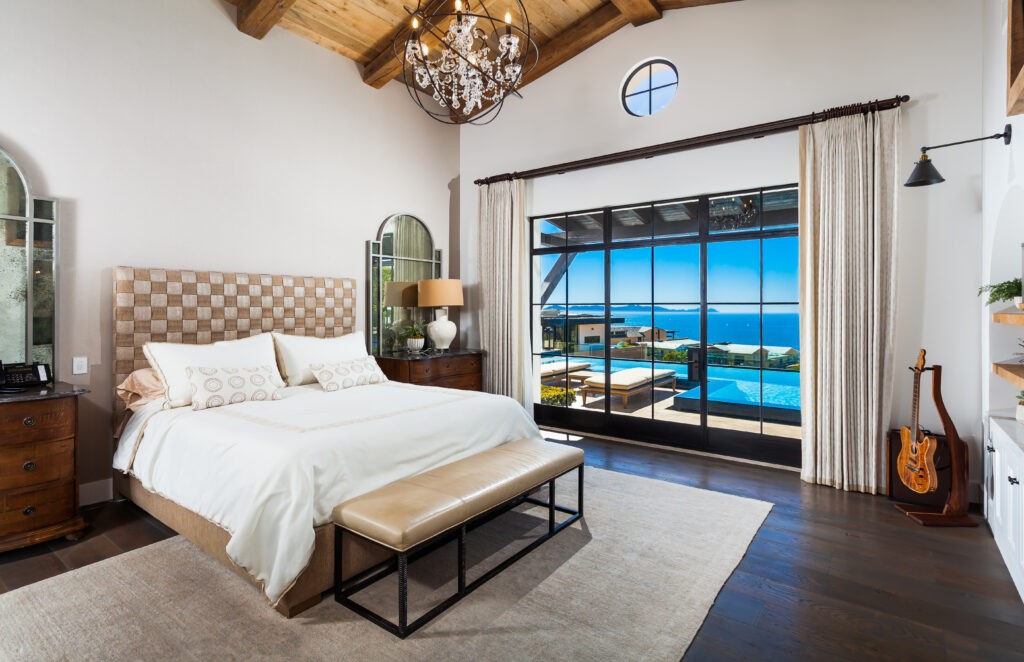
Glass
The type of glass and glazing used in a window contributes significantly to any window’s energy efficiency. One of the most common energy-efficient glass types available is known as Low-E glass. Short for Low-Emissivity glass, Low-E glass has a special coating that reduces heat transfer through the glass, which helps to keep indoor temperatures more stable and reduce energy costs.
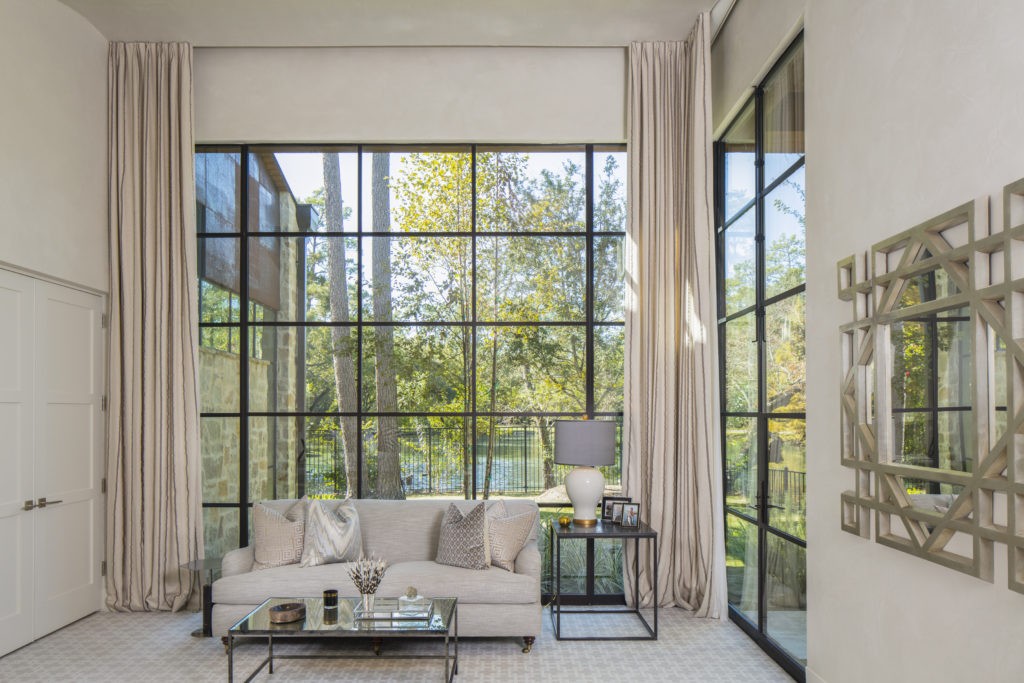
Frames
Window frames can be made from various materials, including steel, wood, fiberglass, and vinyl. Different materials offer various benefits both for the aesthetics of your home and the energy efficiency of your windows. Steel windows with thermal breaks are some of the best options when it comes to energy-efficient windows.
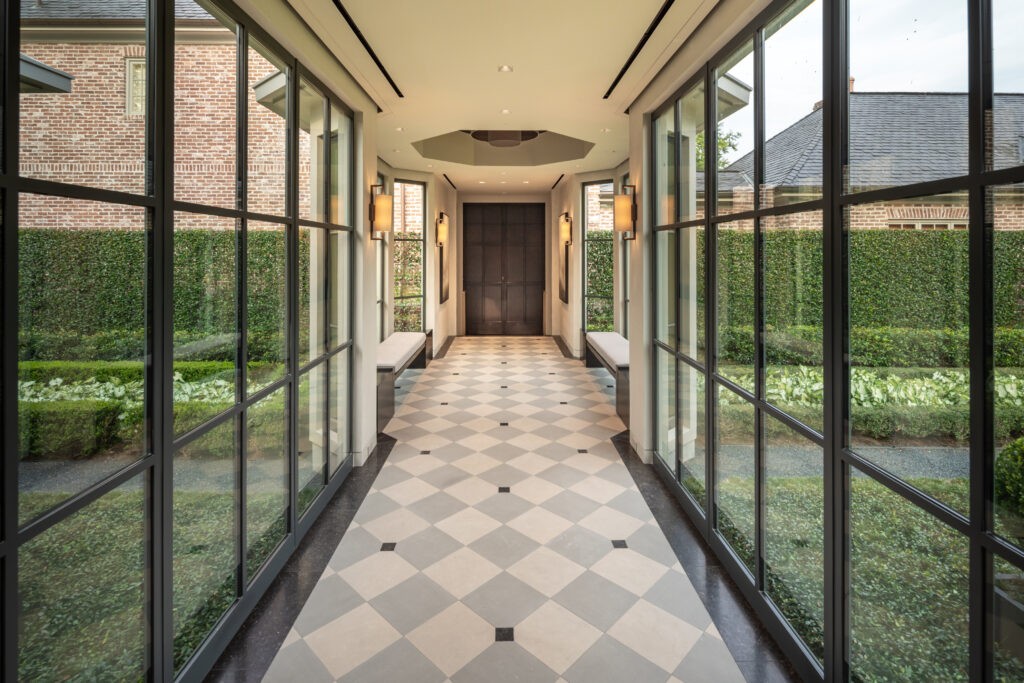
Seals
Having excellent energy efficiency in the glass, glazing, and frames for your windows won’t help if air is still flowing through the areas around the windows. That’s why it’s essential to make sure all potential air leaks around windows.
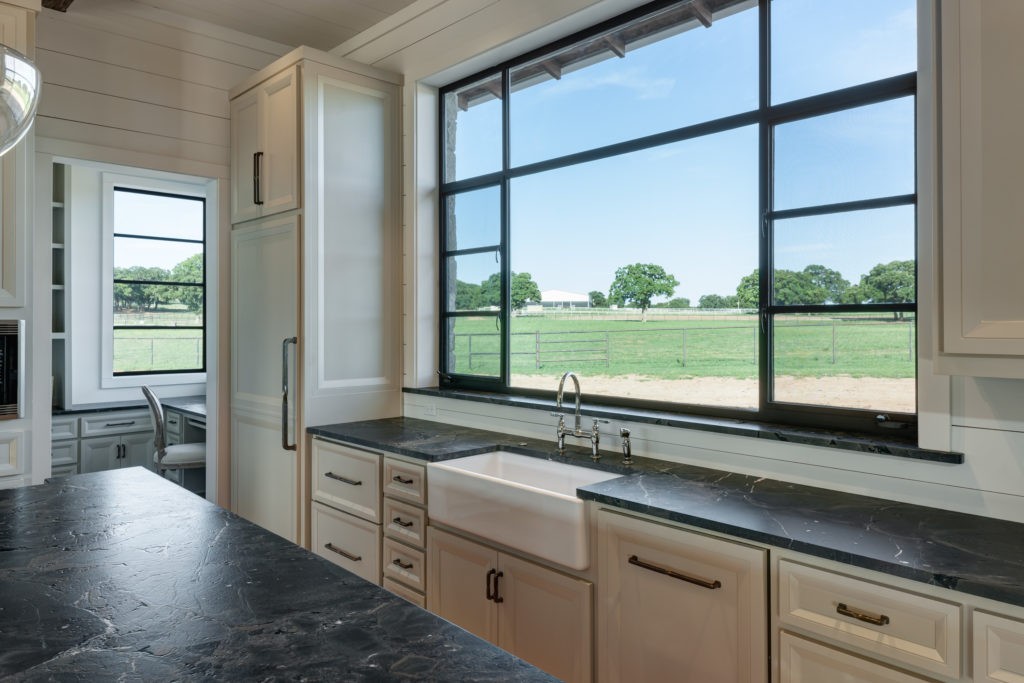
Additionally, ensure other areas of your home are sealed with weatherstripping, caulk, insulation, or other appropriate materials. Doing so reduces or eliminates the outdoor climate from affecting your indoor temperature. This process is a critical step in improving your home’s energy efficiency, and you should overlook it.
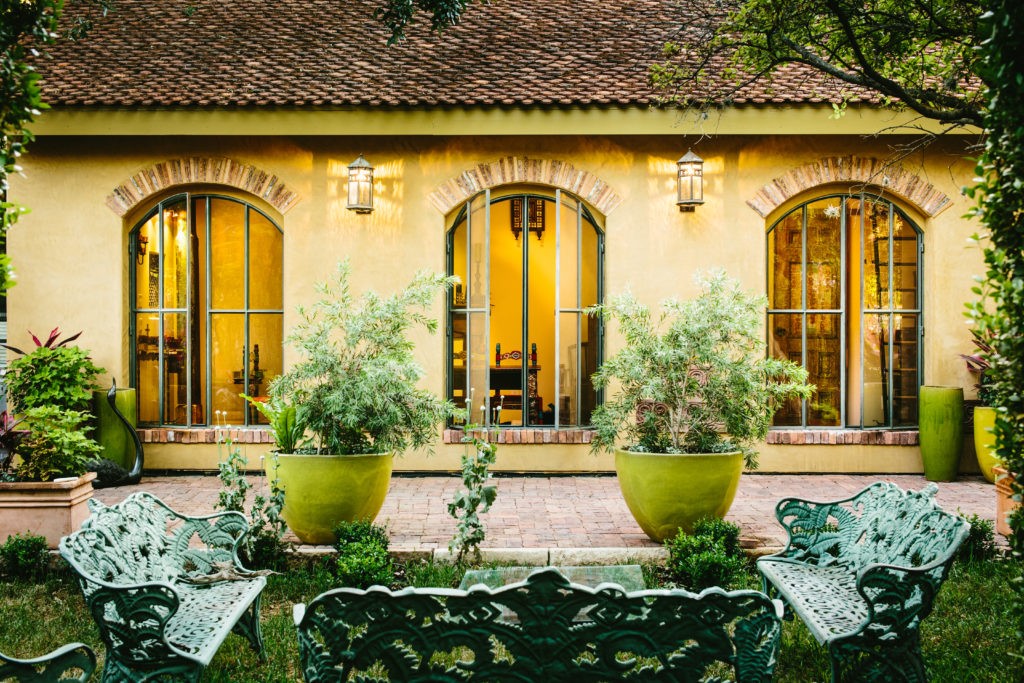
Other Important Considerations For Choosing Windows
Focusing on green architecture is a crucial topic. However, there are several other considerations you should account for when selecting windows for a residential or commercial building project.
By now, you understand the importance of installing energy-efficient windows. But you should
consider the following attributes when choosing the best windows for your applications:
- Aesthetics
- Size
- Budget
- Durability
- Security
- Versatility
- Noise reduction
If you choose custom windows, you’ll be able to get the exact features you desire, including home energy efficiency. That means you don’t have to choose between great aesthetics and green architecture.
That’s why at Portella, we’re proud to offer luxurious and energy-efficient steel windows that are tailor-made for your property. This way, you can feel confident that your building not only looks great but is also working to reduce your carbon footprint.
1https://www.eesi.org/topics/built-infrastructure/description
Leave a Reply